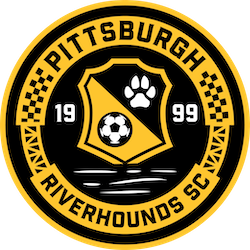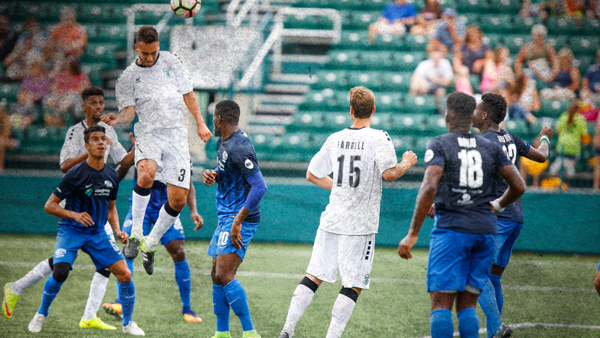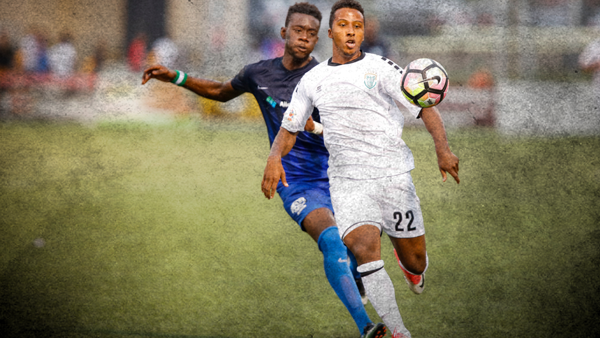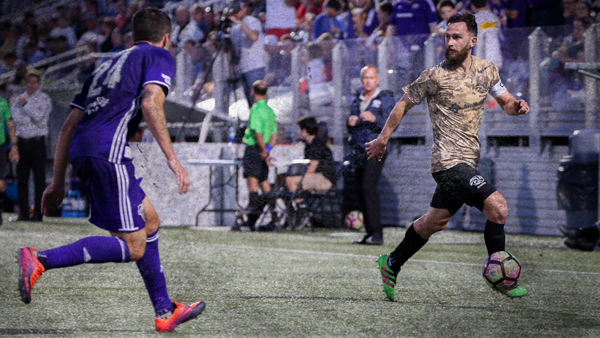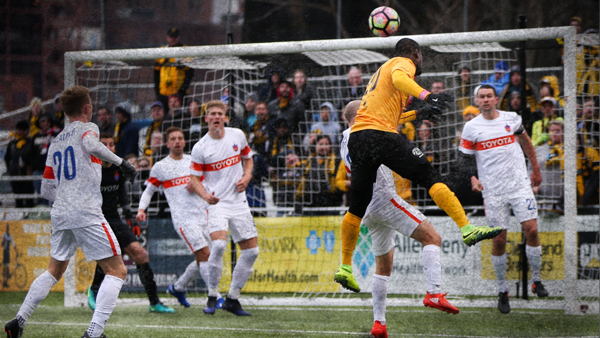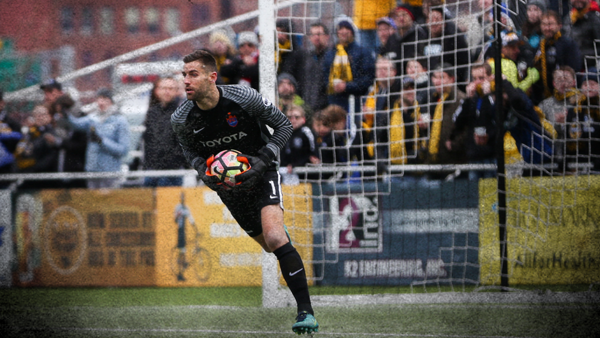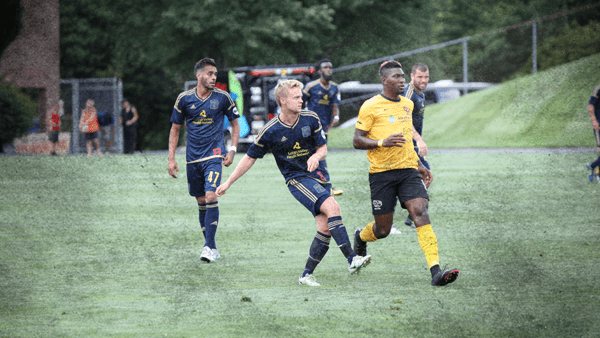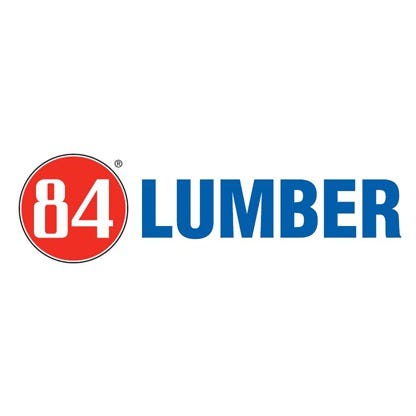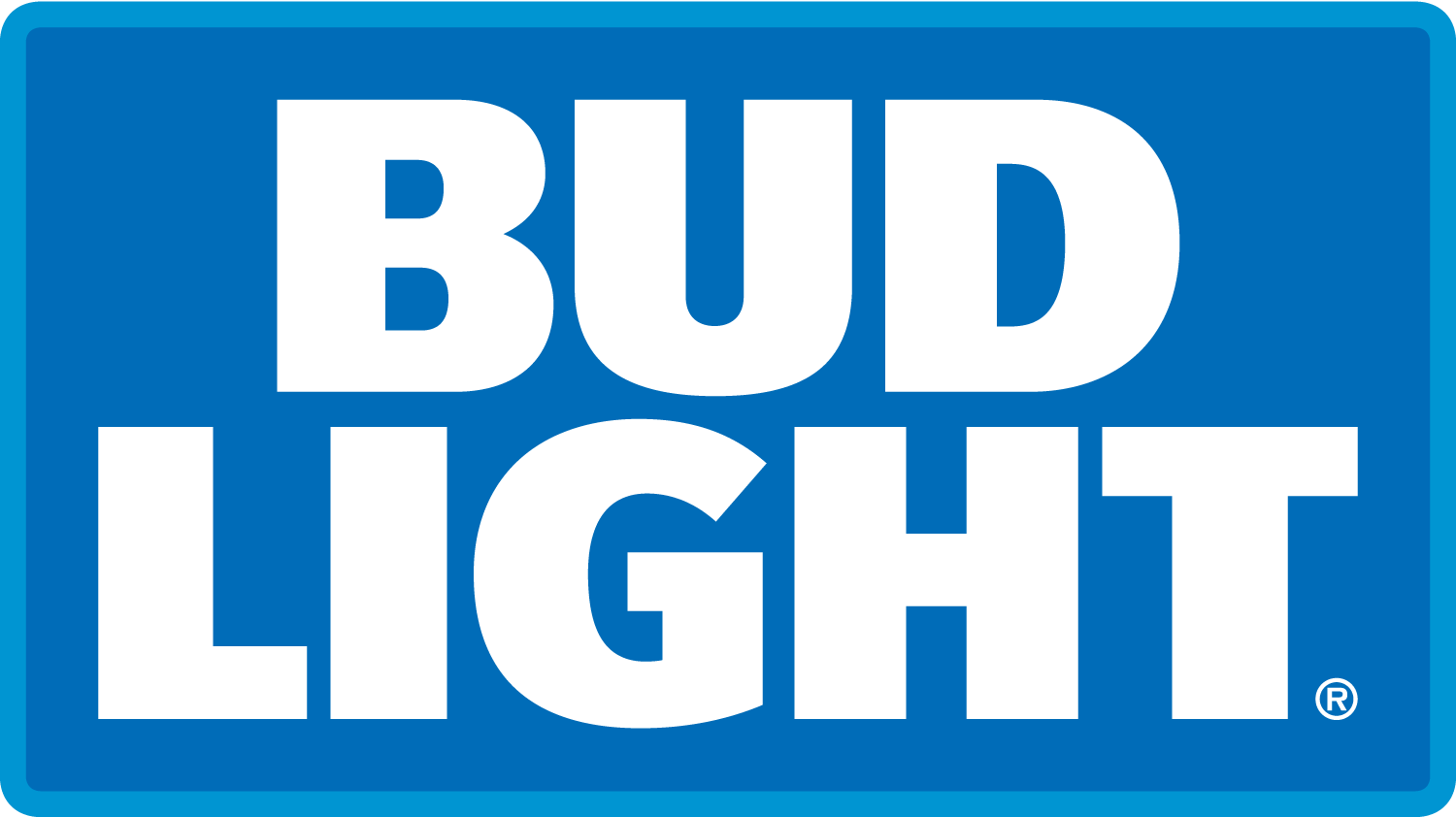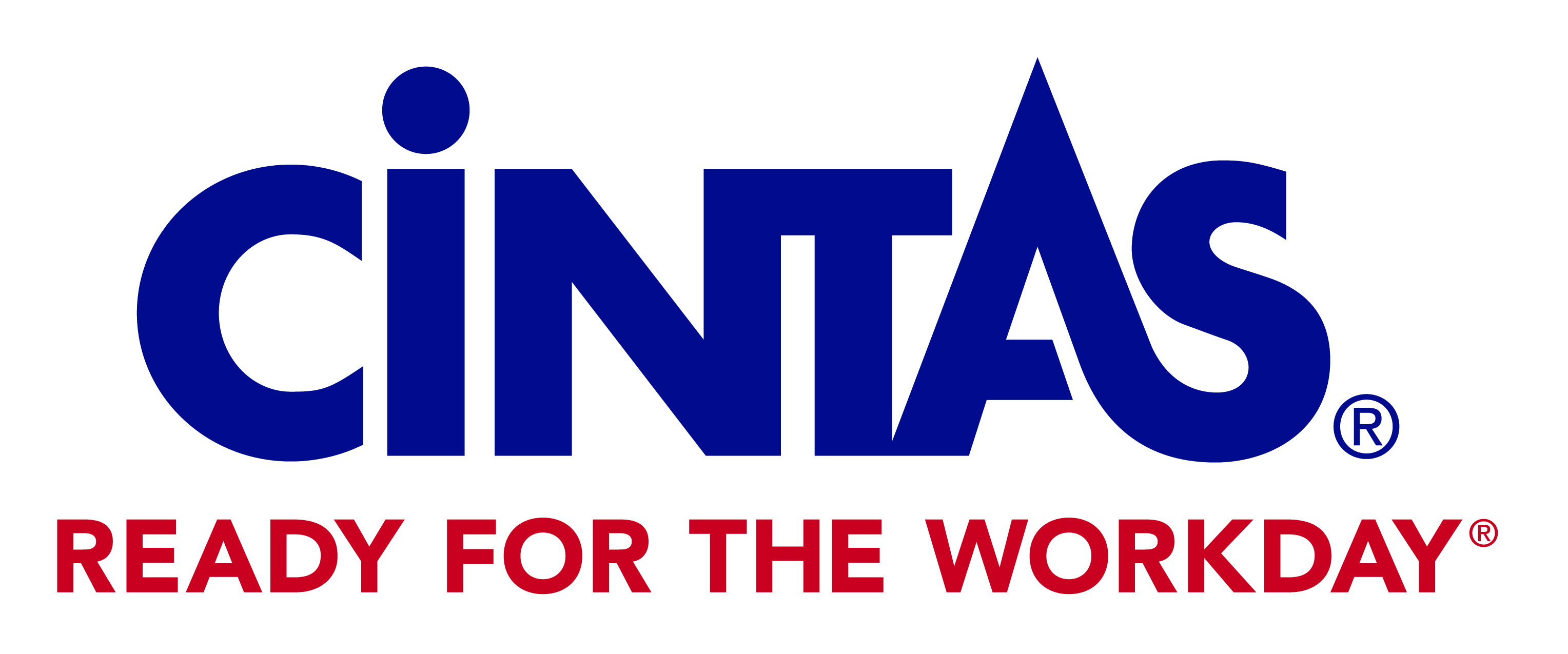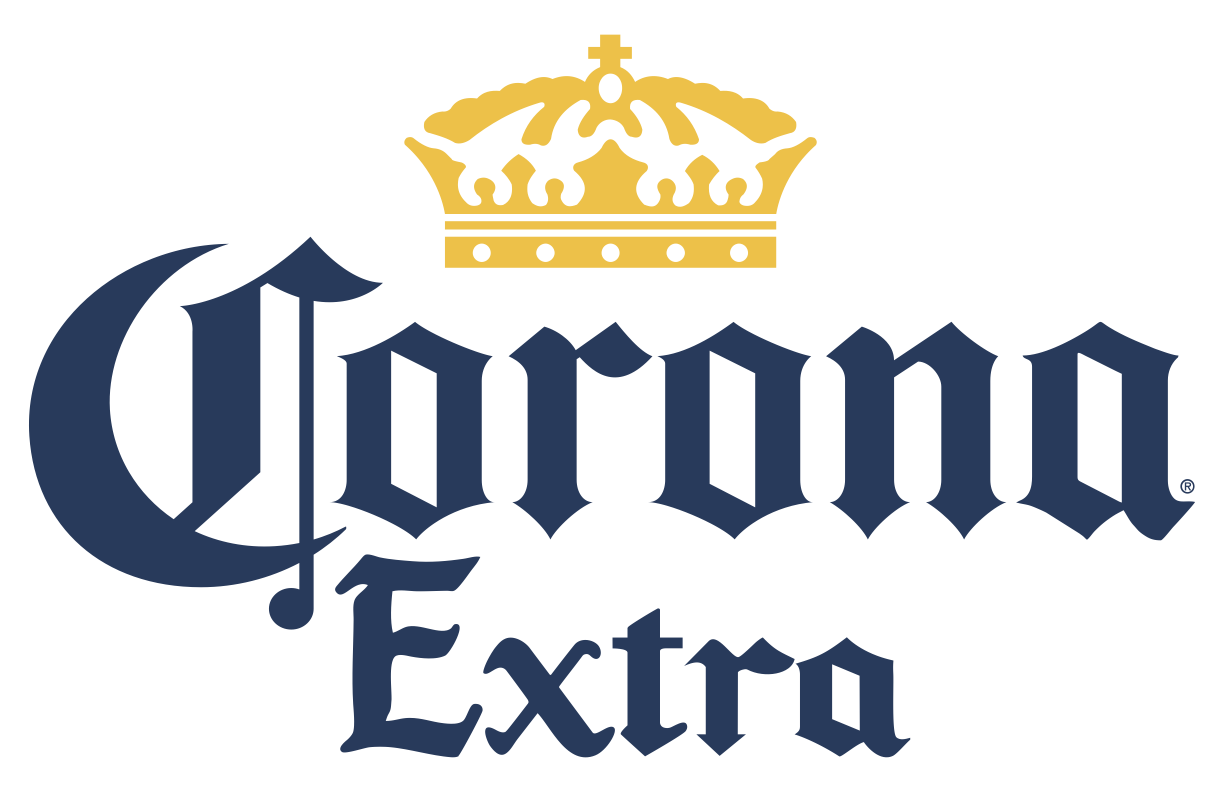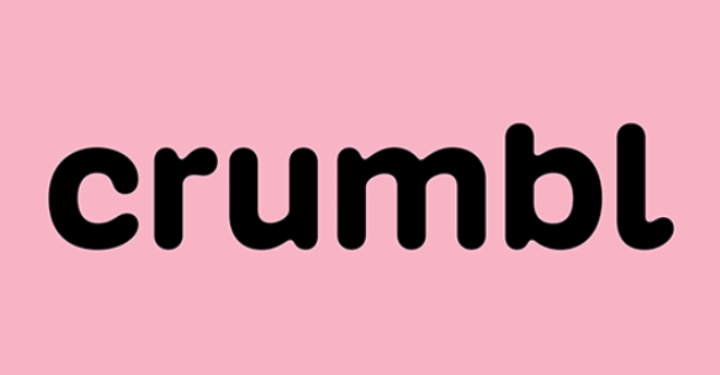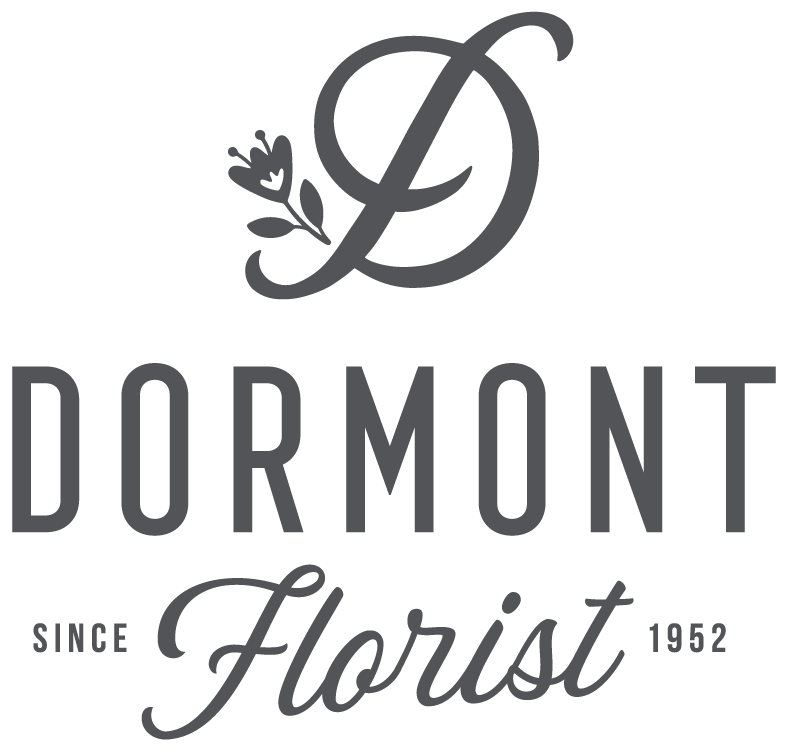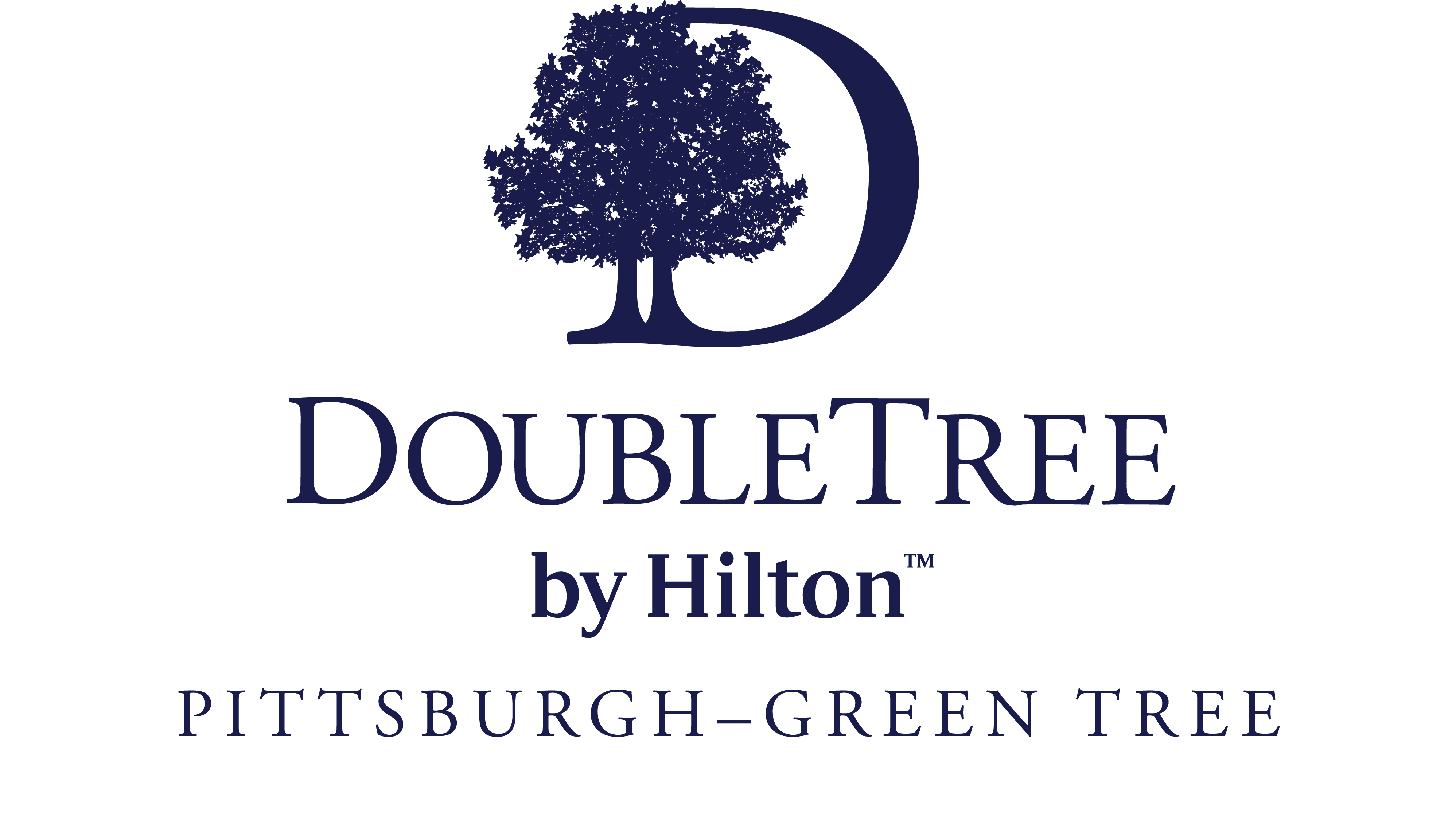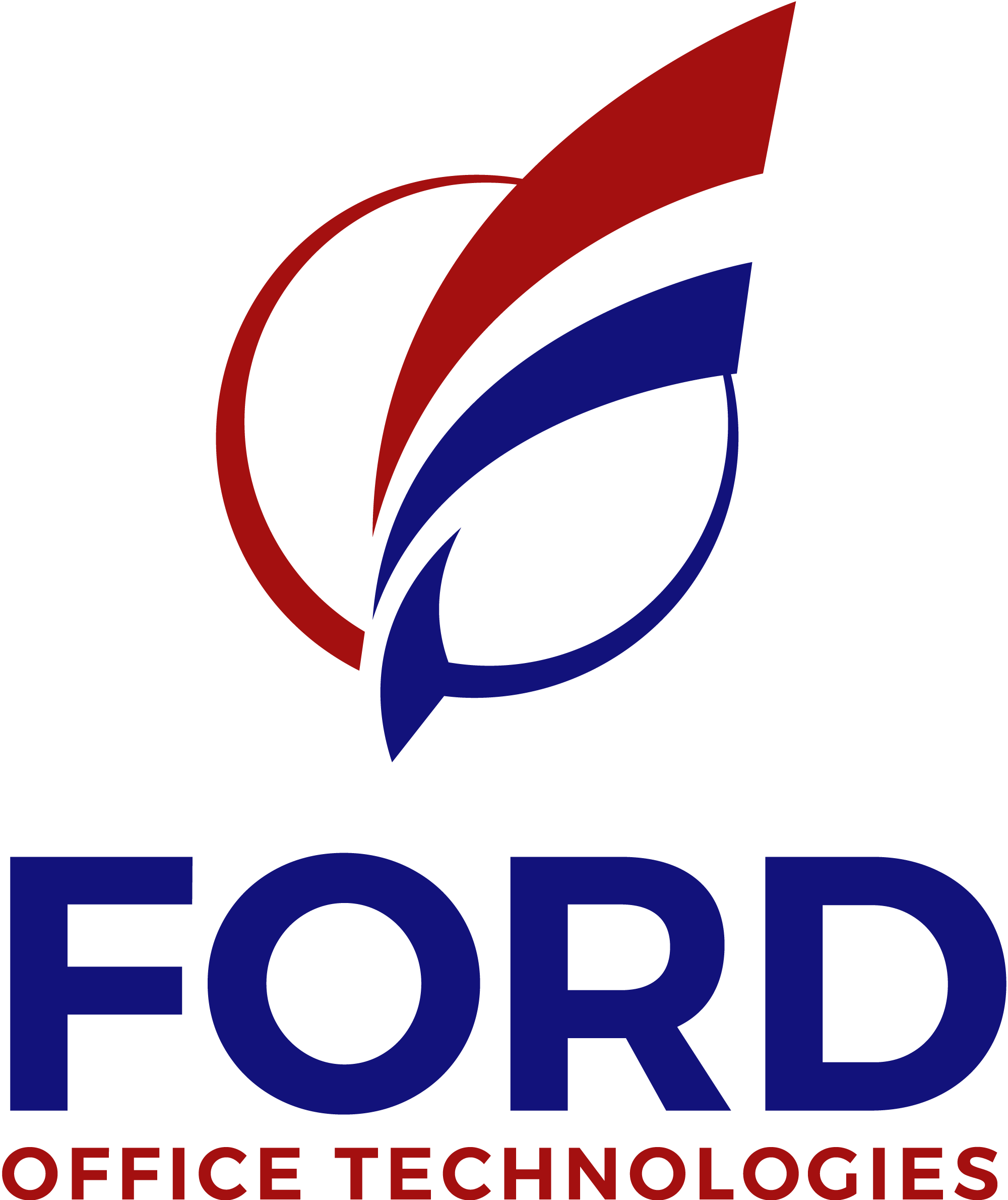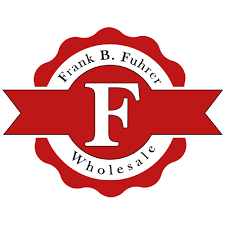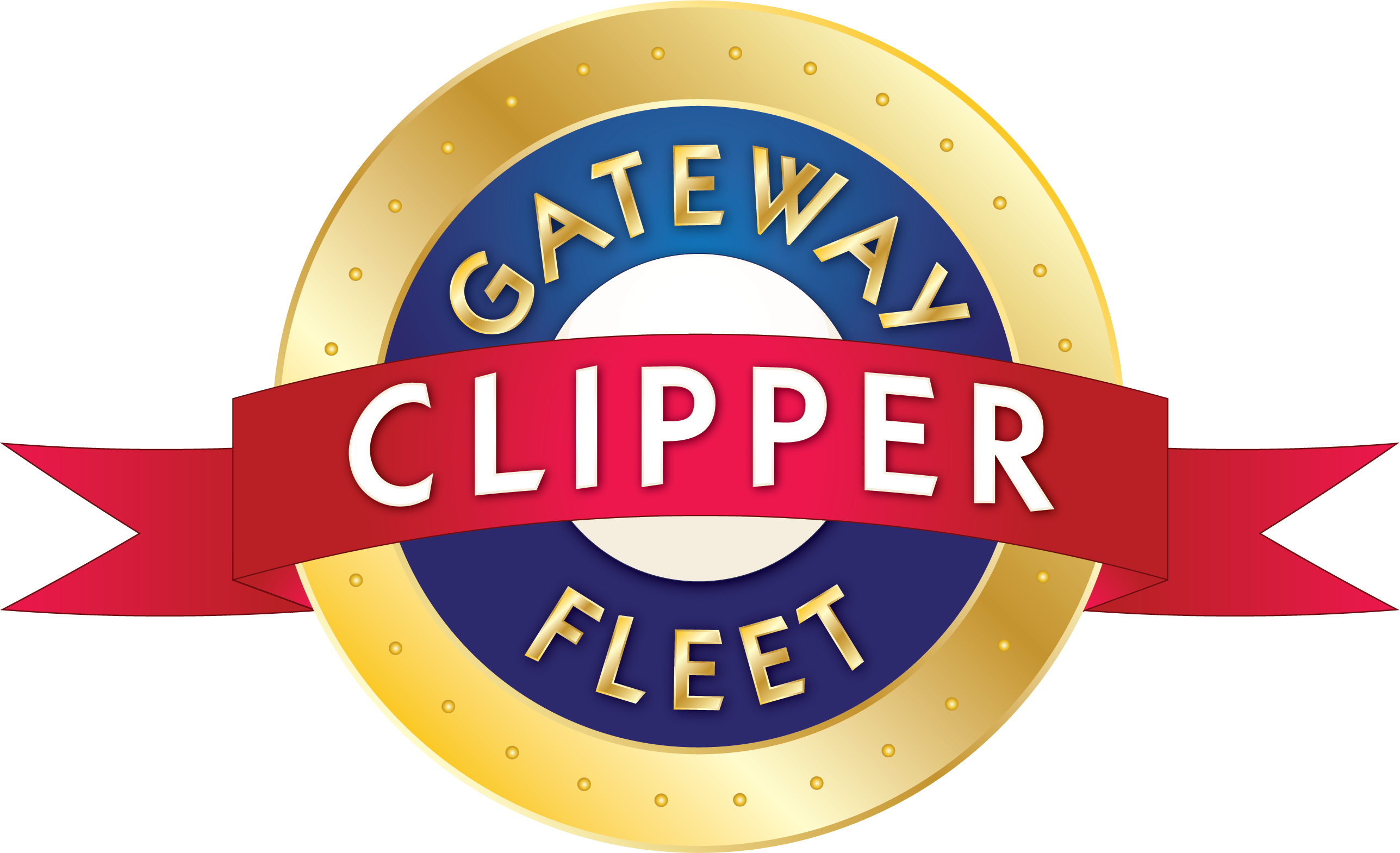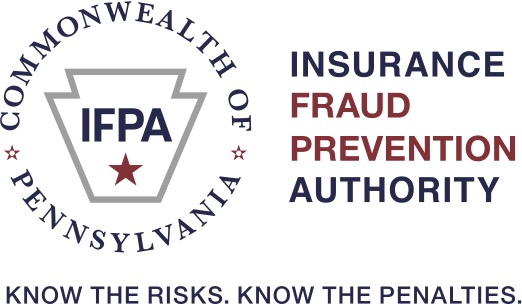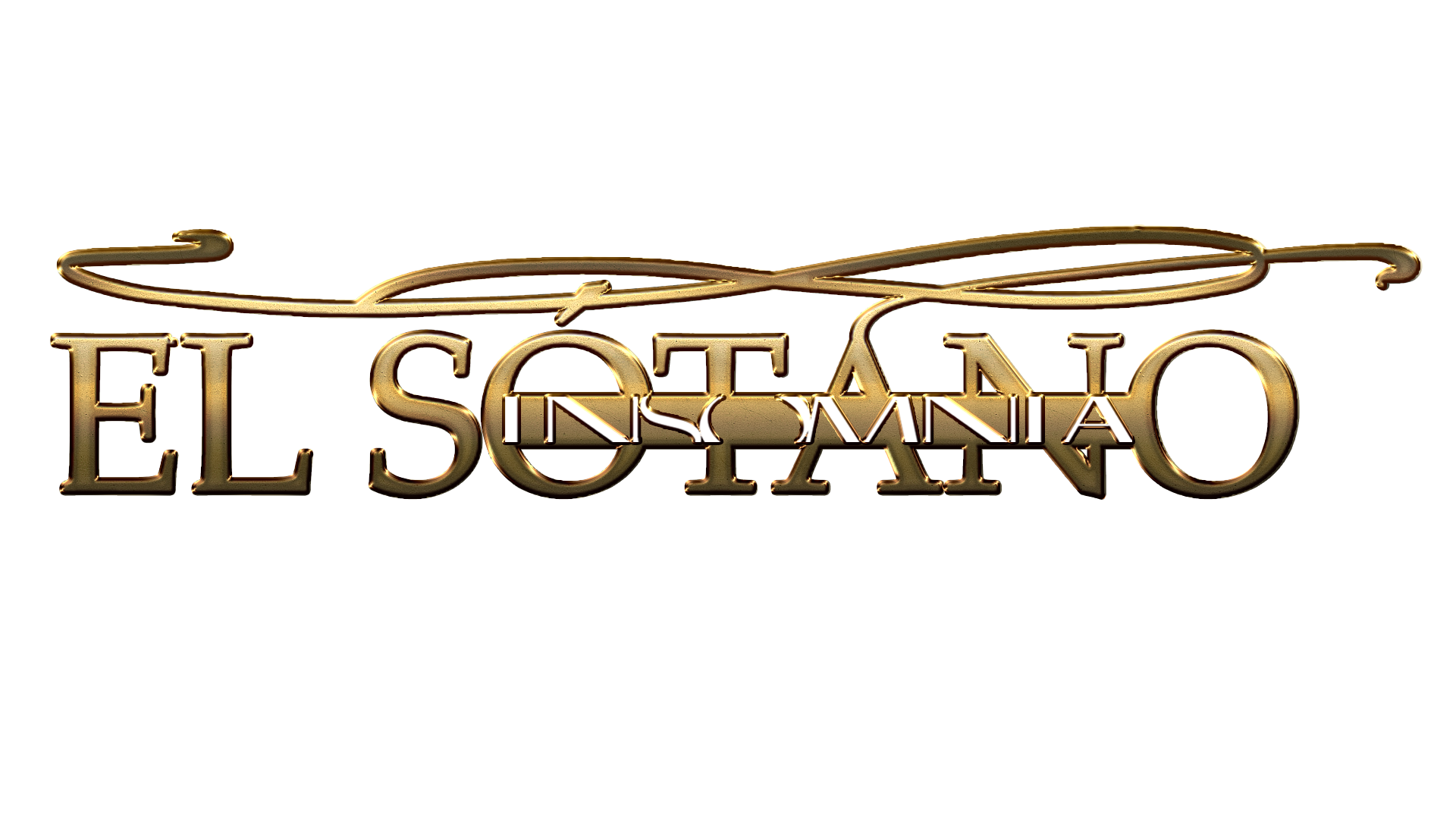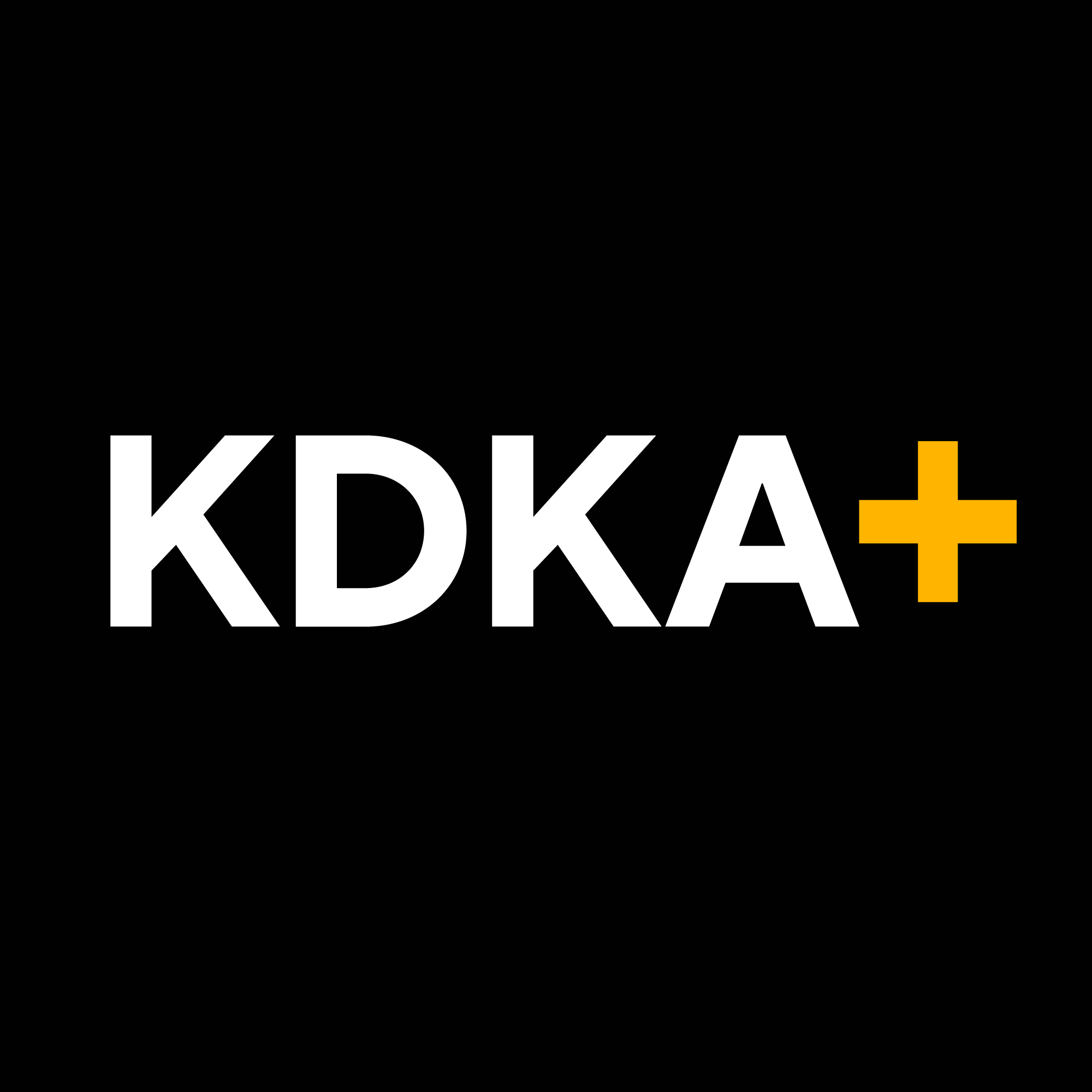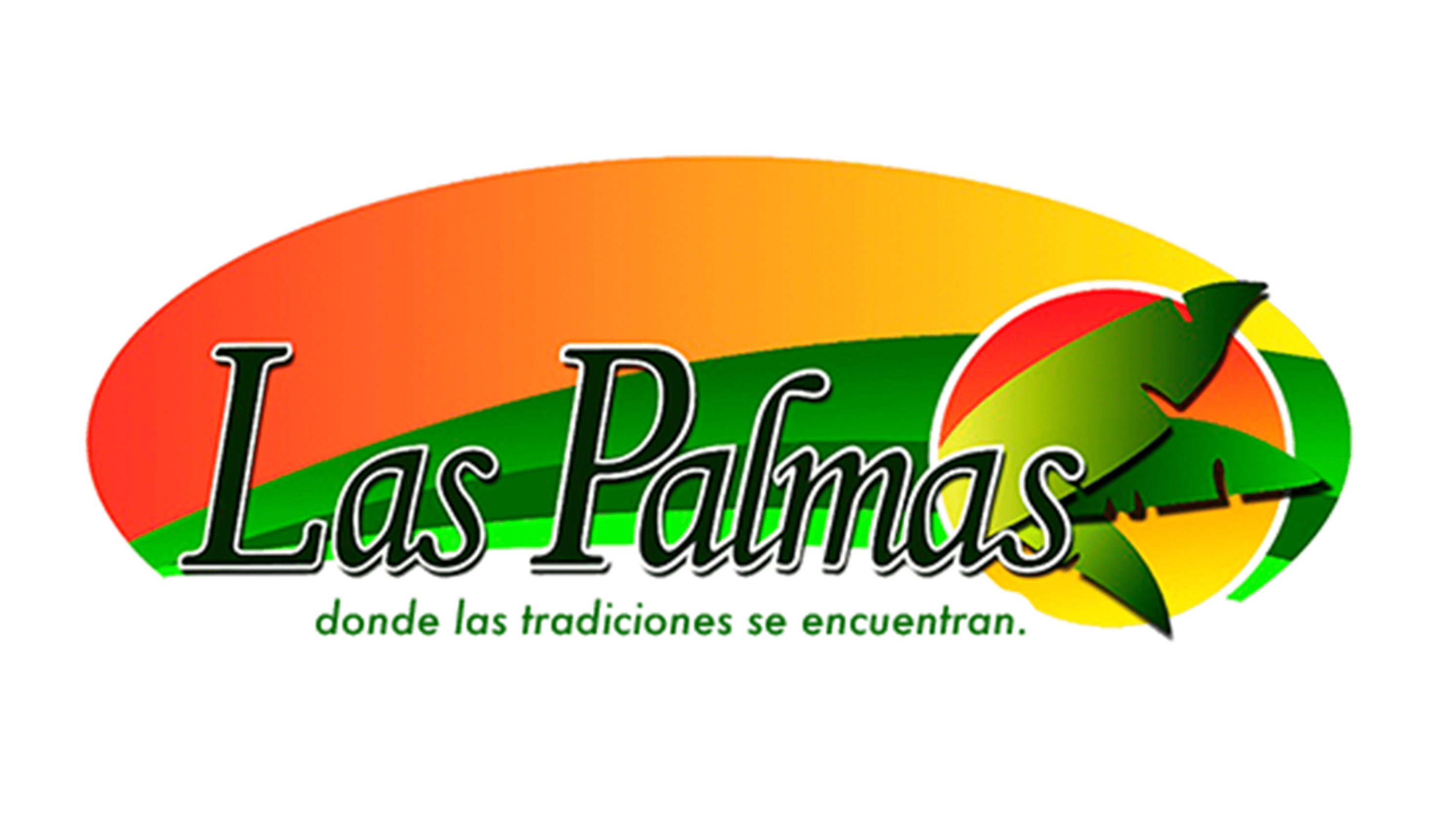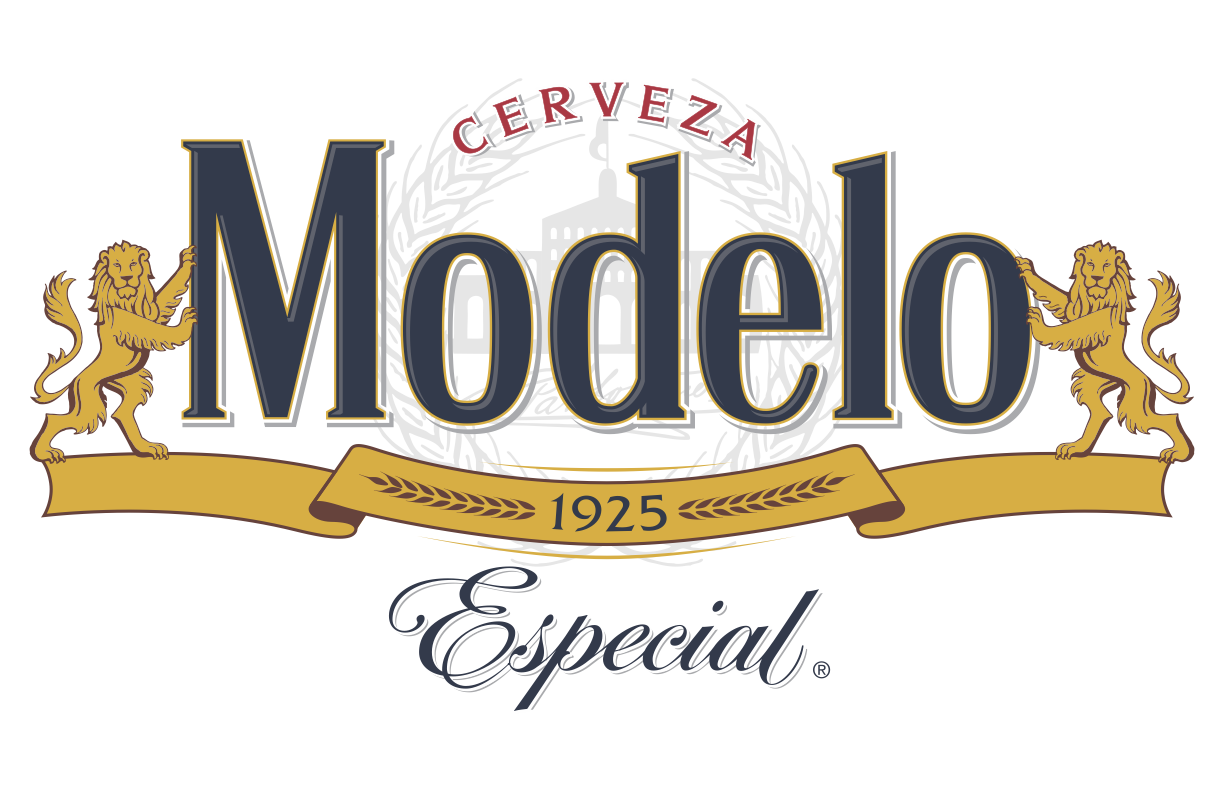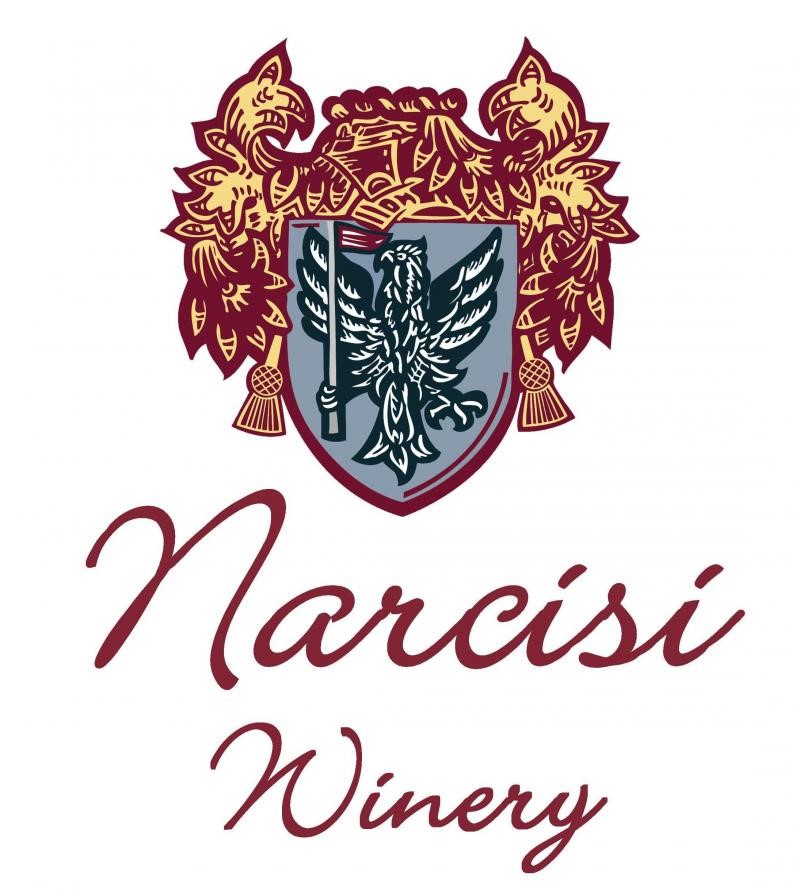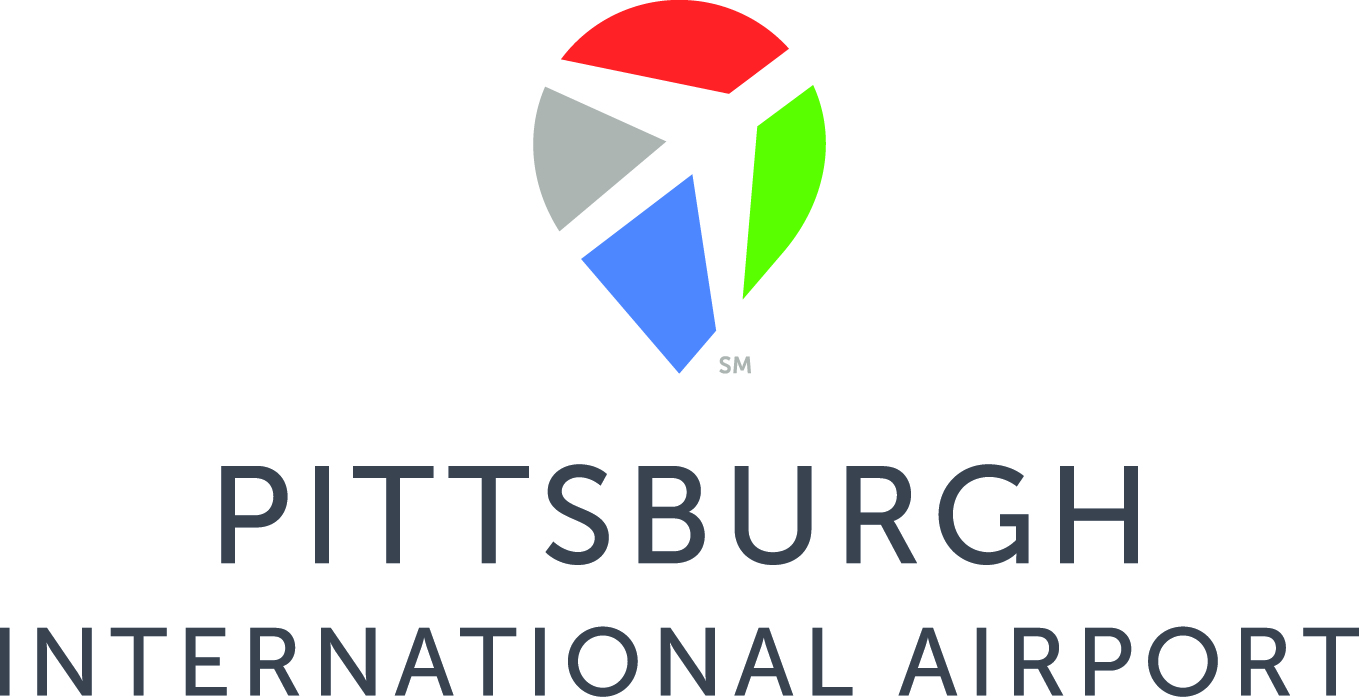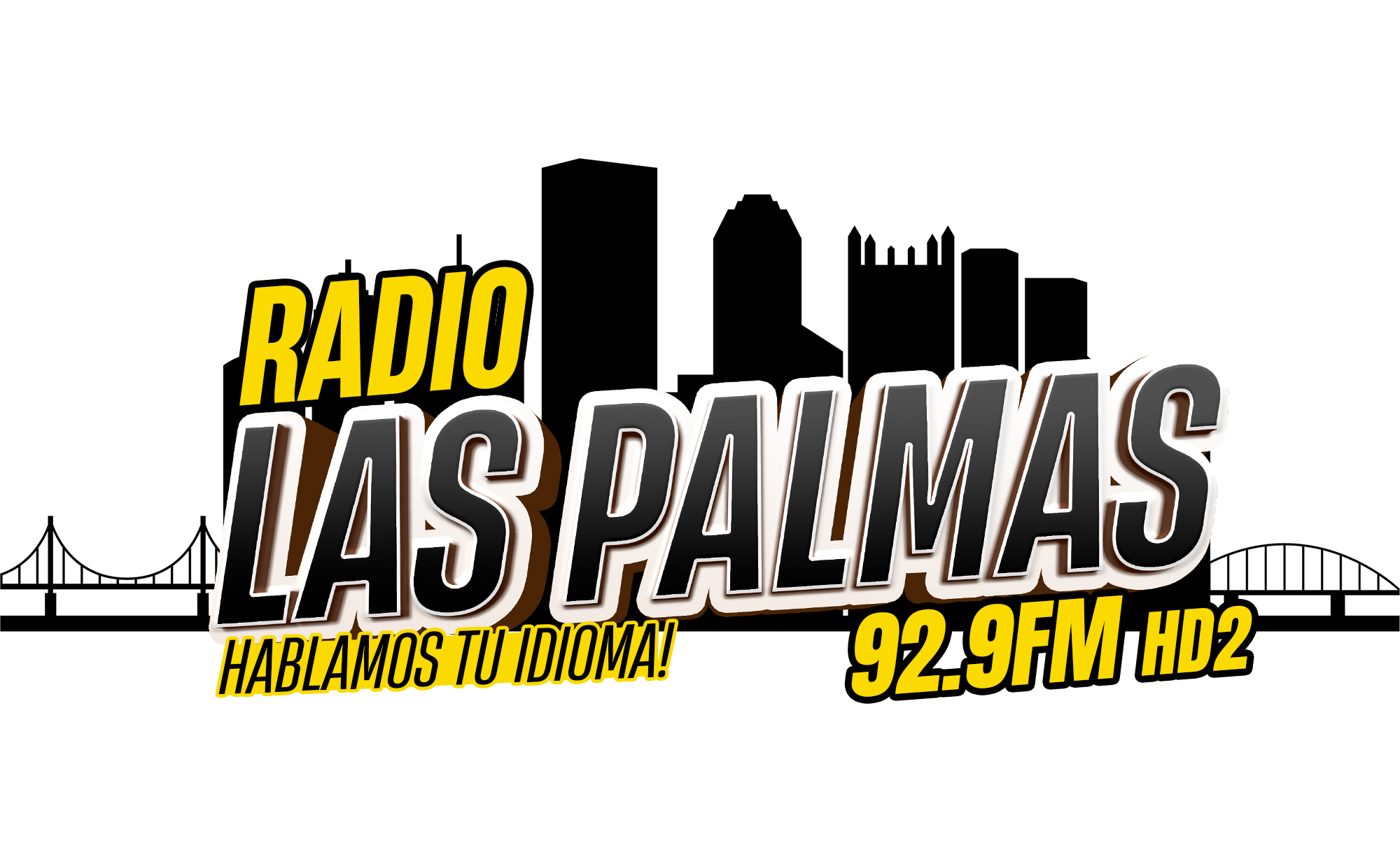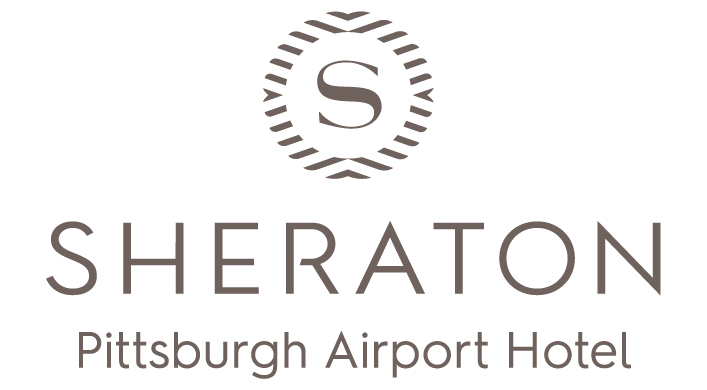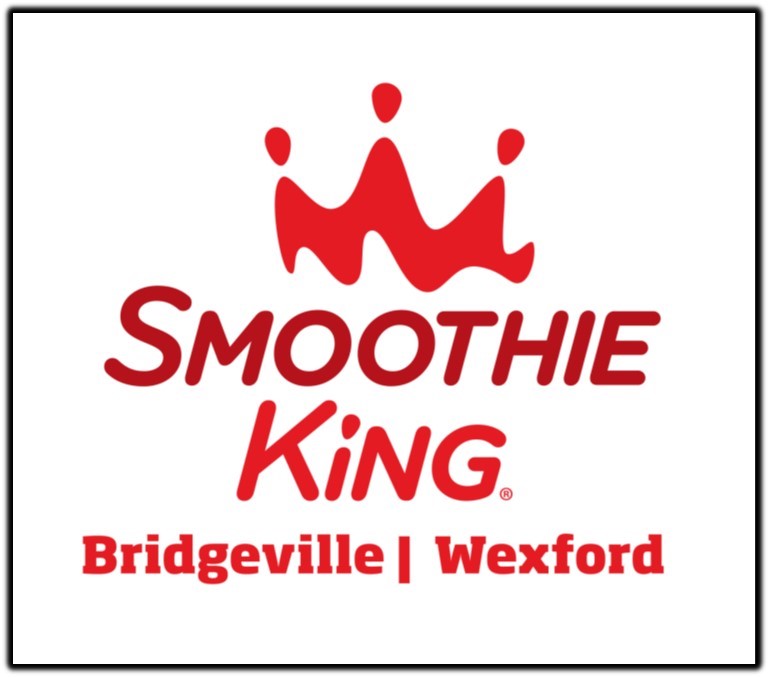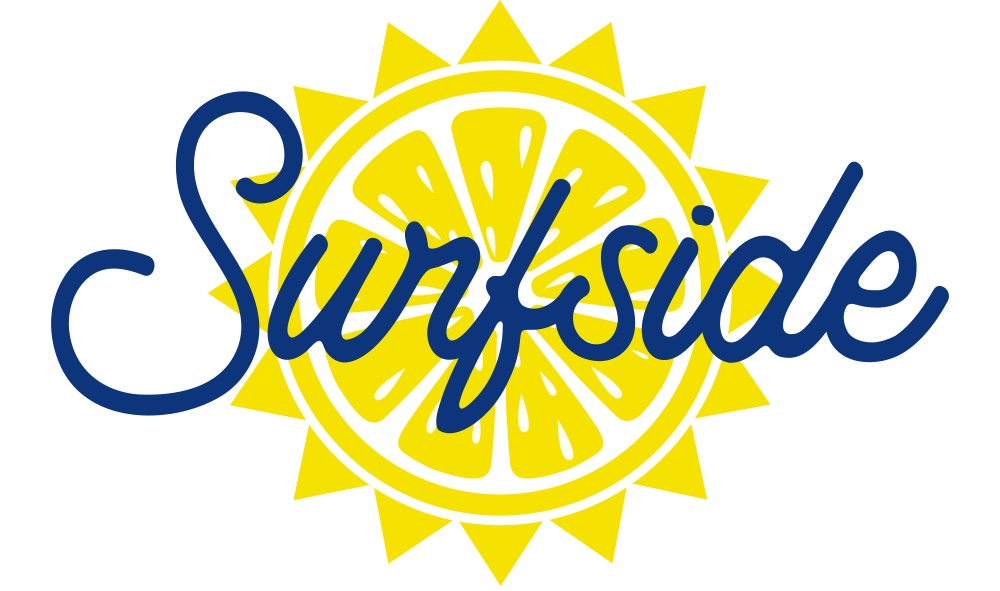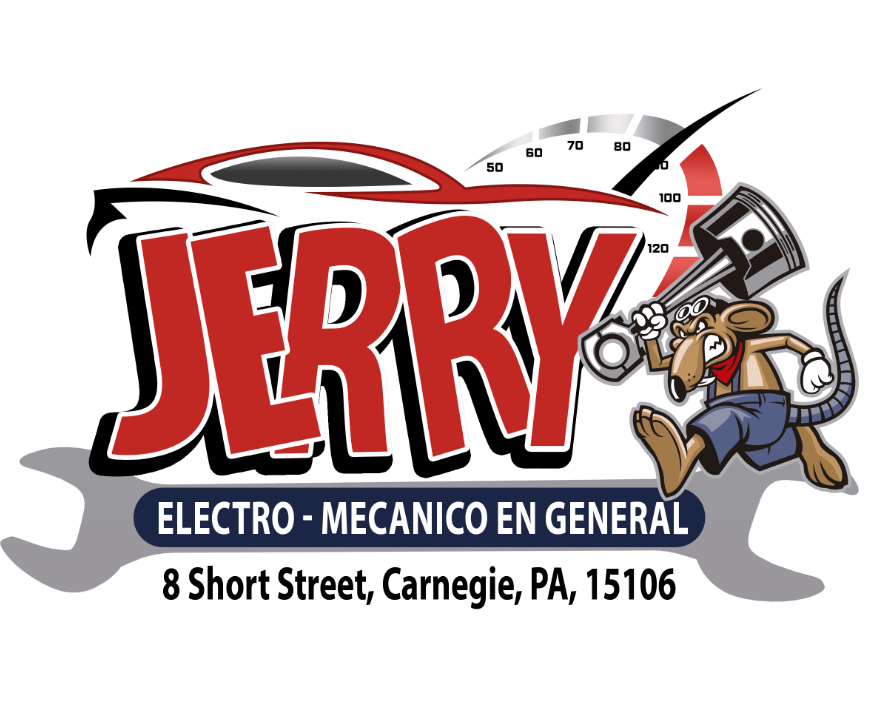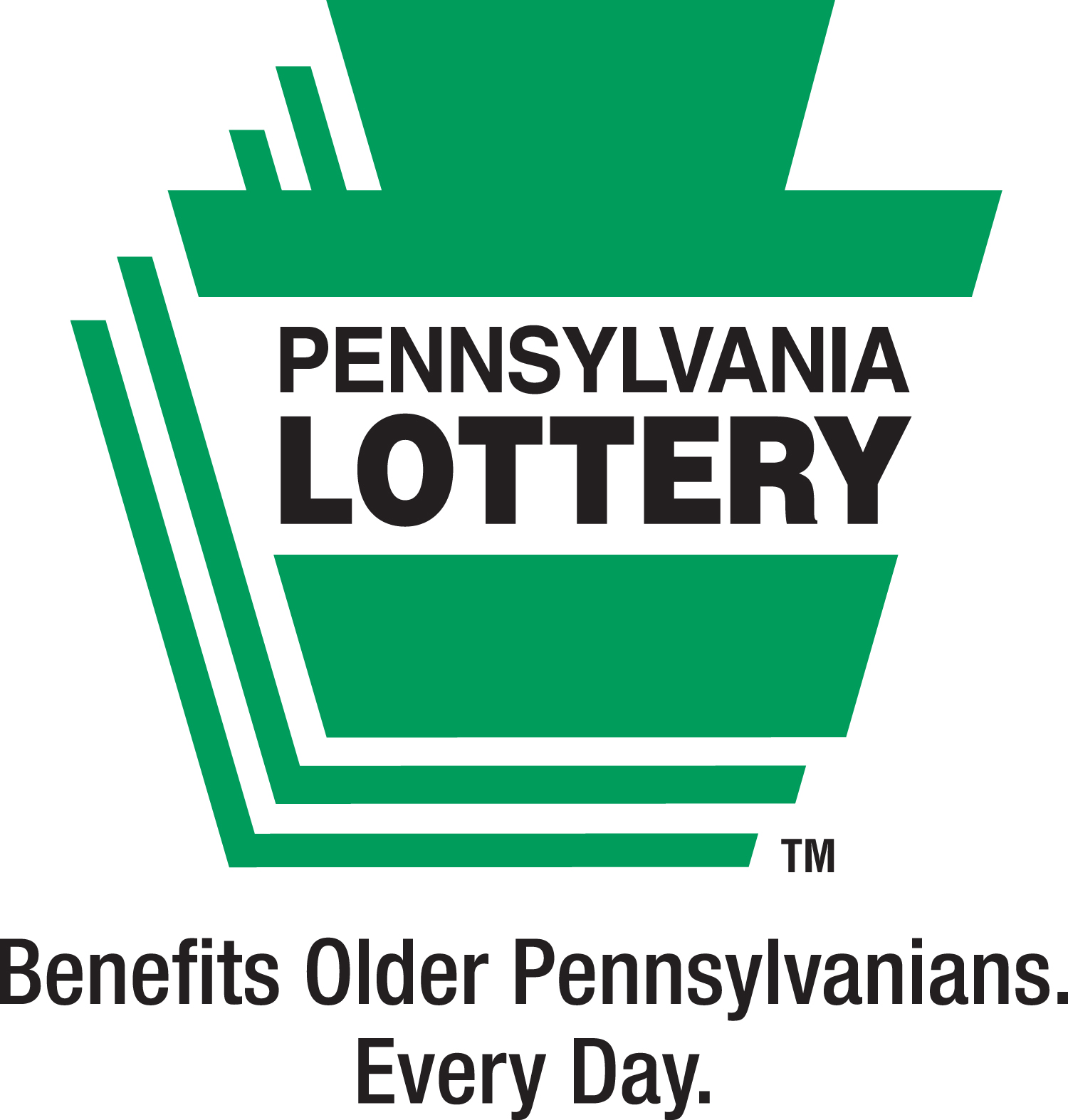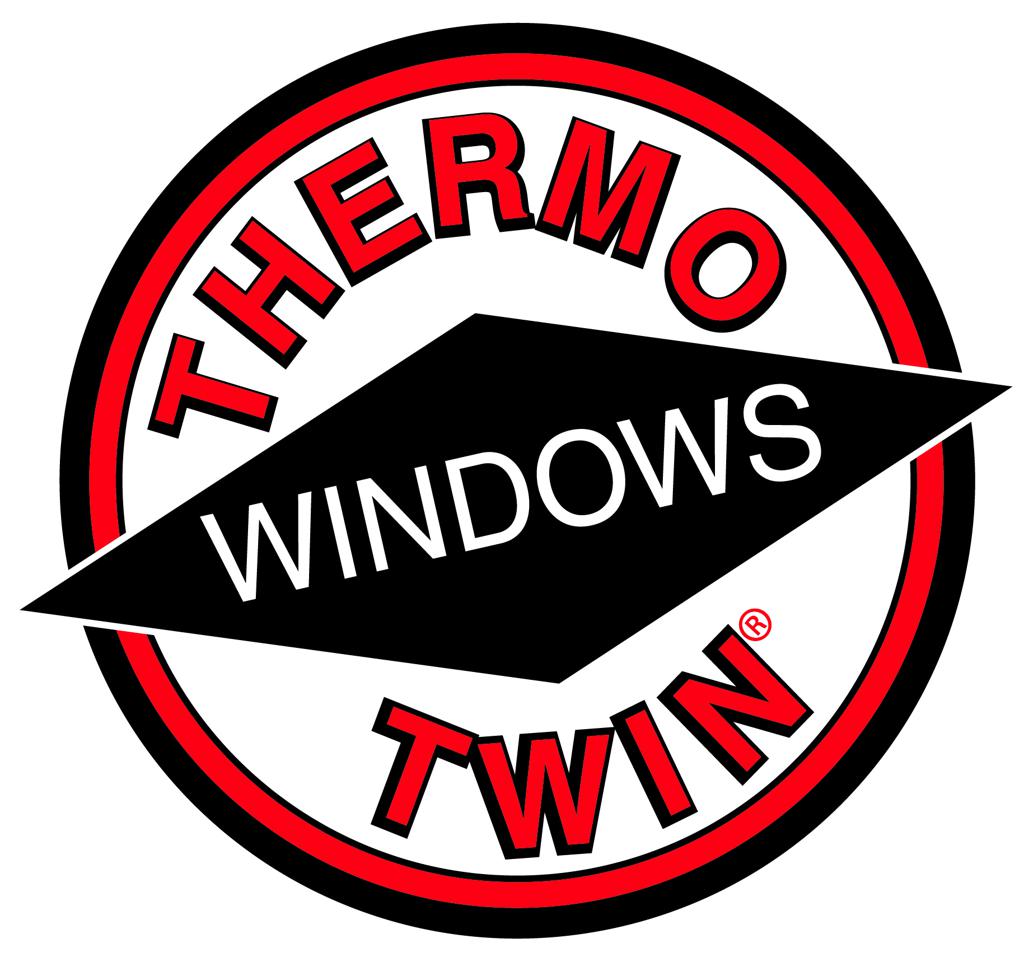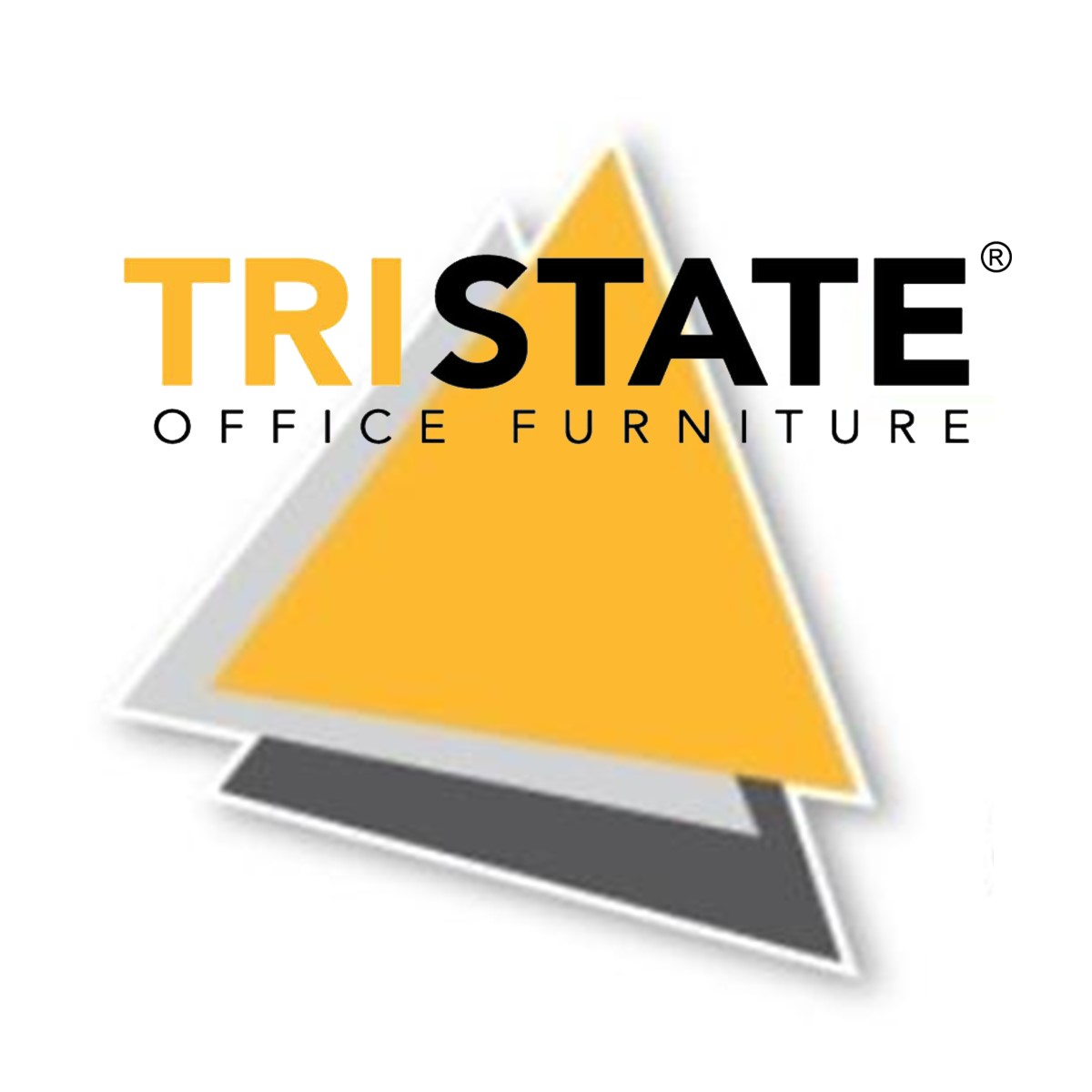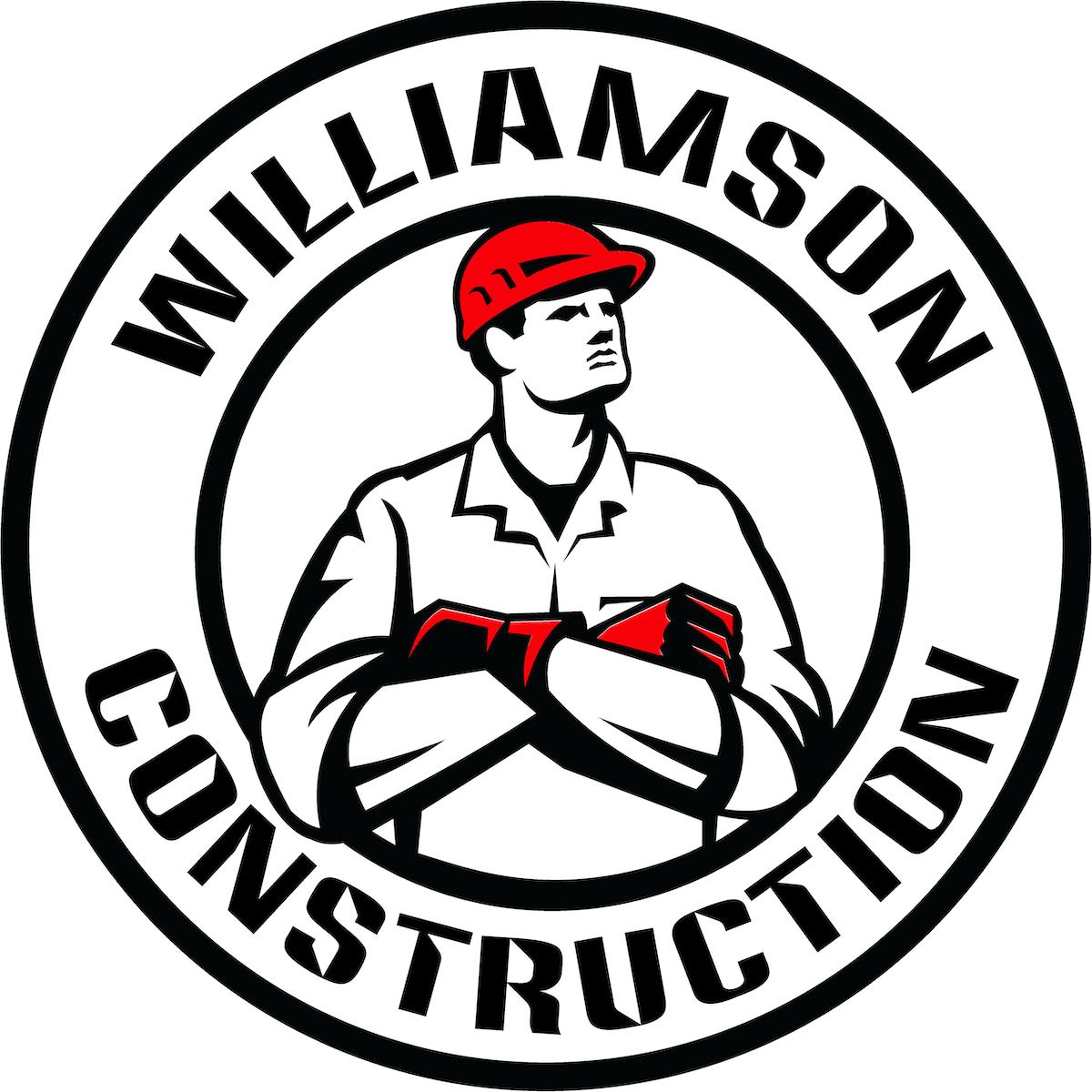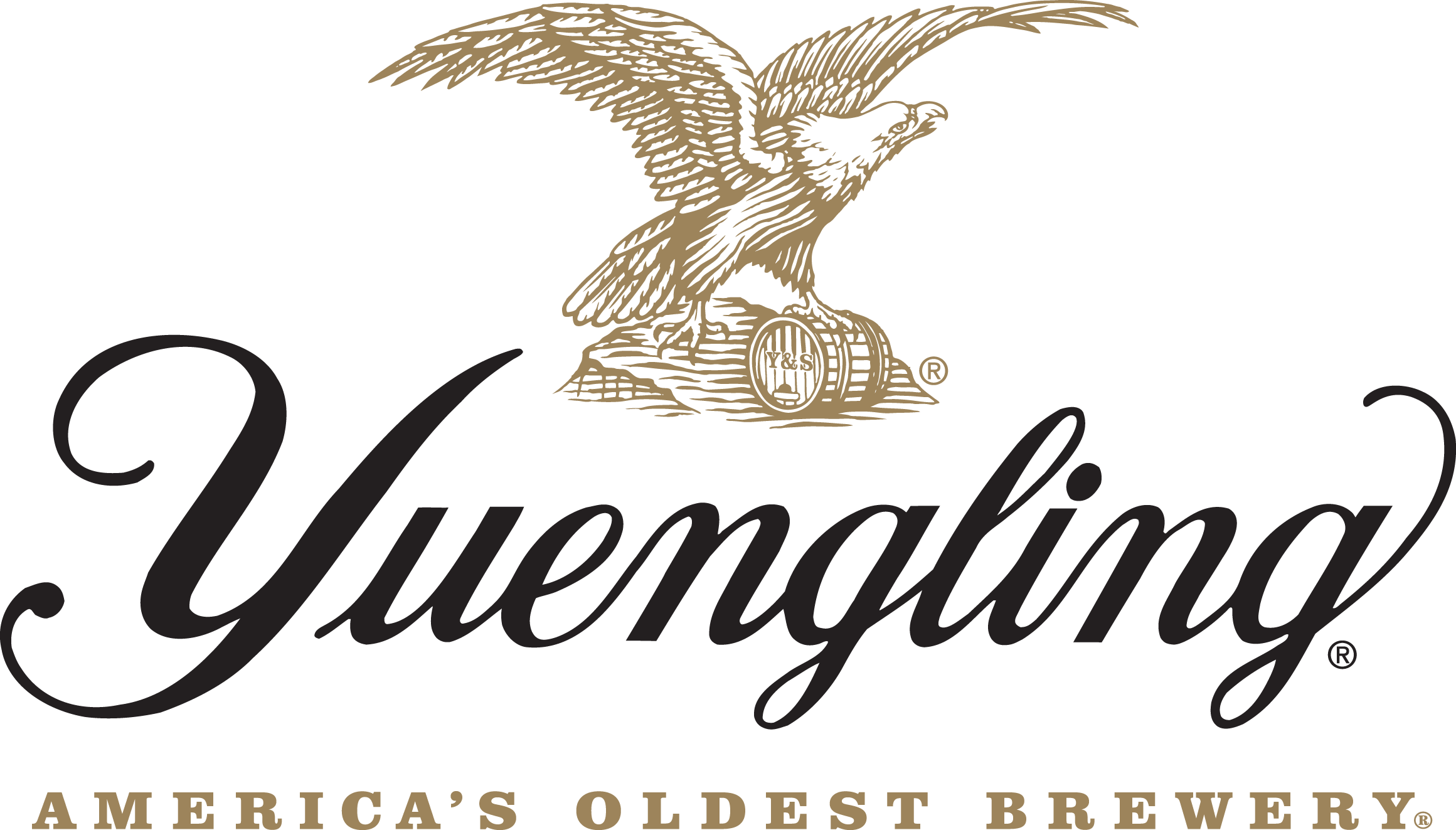
Bill Clinton resided in the White House. Next’s “Too Close” claimed the top spot on the Billboard Year End Chart. And Titanic won best picture at the 70th Academy Awards.
In the midst of these cultural feats, the Greater Pittsburgh Area was awarded something it had been without for the past 30 years. On March 11, 1998, a professional outdoor soccer team was conceived in the City of Bridges. Founded by Paul Heasley, the club would join the USL A-League for its inaugural campaign in 1999.
What originally was coined the Riverdogs soon turned into the Riverhounds, a team initially coached by John Kowalski and built around first-ever draftee Justin Evans. During the early years of playing on local high school pitches, club greats such as Gary DePalma, David Flavius and Phil Karn wrote their chapters in Hounds history.
Almost 20 years later, the story features a much different scene being acted out by a novel cast of characters. The team no longer plays in the backdrop of local high school facilities, but rather the skyscrapers of a downtown metropolis. Formerly threaded in blue and white now soaked in black and gold, the kits also annunciate new names, so much so that 16 athletes became freshly minted Hounds at the start of the 2017 campaign.
But even with all these changes, one thing remains constant: the Hounds are at the center of the pulse and evolution of soccer in Pittsburgh and throughout western Pennsylvania.
The Early Years
Most notably being the former home of the Pittsburgh Pirates, Forbes Field featured more than a baseball team in 1967.
As Roberto Clemente collected a batting title on its baseball diamond, the Pittsburgh Phantoms of the National Professional Soccer League (NPSL) tallied goals on its field. But after going 10-14-7 in its inaugural campaign, the Phantoms folded in the offseason as the NPSL merged with the United Soccer Association to form the North American Soccer League.
Since then, clubs such as the Pittsburgh Spirit and the Pittsburgh Stingers fielded soccer teams of the indoor nature with the former having greater longevity and success. From 1978-86, the Spirit called the Civic Arena their home while they competed in the Major Indoor Soccer League as an original six member. Although they never won a league championship, the Spirit did finish second place in the East during the 1979-80 campaign, advancing into the postseason’s semifinals before being ousted.
But as the Spirit competed under the same roof as the Pittsburgh Penguins, the ghosts of outdoor soccer remained at large in the Pittsburgh region – that is until a team manifested on the pitch on May 1, 1999.
Playing their inaugural match in front of a sellout crowd at Bethel Park Stadium, the Hounds began their run as Pittsburgh’s longest lasting professional soccer team. Those who were late acquiring tickets stood and watched Emil Haitonic score the first goal and Evans record the first assist in franchise history.
Often times, it can take a few years before a professional sports team acquires centerpieces to build around, but the Hounds did not seem to have this difficulty. Members of the inaugural 1999 team still flood the club all-time leaders lists, as five members currently reside top 10 in caps and four members rank top 10 in goals. Flavius holds both of these all-time records with 183 appearances and 56 goals.
While the Hounds discovered their star power relatively quickly, it took longer for the team to find a home of its own. From 1999-2012, the franchise bounced around from Bethel Park High School Stadium, Moon Area High School Stadium, Falconi Field and Chartiers Valley High School Stadium.
But in 2013, the Hounds finally acquired a home field, which fittingly rests along the Monongahela riverbank.
A Home at Highmark
The days of professional soccer teams playing at baseball fields, hockey arenas and high school confines were over.
On Jan. 10, 2012, an official announcement confirmed Highmark Stadium would be constructed by the end of the calendar year, guaranteeing the Hounds a permanent place to play home soccer games.
Like it had for its inaugural game at Bethel Park Stadium in 1999, the club sold out its first-ever match at Highmark Stadium, as 4,000 fans welcomed the team for an in-state showdown against the rival Harrisburg City Islanders.
The City Islanders ended up winning the match, 2-1, but the game was a huge success and step forward in solidifying Pittsburgh’s place in the American soccer pyramid. The Hounds were ahead of the curve, as only two other USL teams had a soccer-specific stadium of their own at the time.
The Black and Gold continued to grow over the next couple seasons and demonstrated their potential as recently as the 2015 Lamar Hunt U.S. Open Cup. For the nationwide tournament, the squad hosted three matches at Highmark Stadium. After feasting on the West Virginia Chaos in the second round and the Tampa Bay Rowdies in the third round, the Hounds turned their attention to D.C. United of MLS.
In the fourth round tilt, D.C. United notched the first tally in the 8th minute, but the Hounds would answer with a first-half score of their own. Taking a penalty kick in the 24th minute, Rob Vincent – the eventual No. 3 all-time goal scorer in team history – sent a shot past the opposing goalkeeper to knot the match at 1-1.
The game would eventually need extra time to decide a victor, and it was then D.C. United pulled away for a 3-1 win. Despite the loss, the Hounds proved they could go toe-to-toe with a franchise of the highest level of soccer in America.
A Look to the Future
The Hounds still call Highmark Stadium home, and the facility is a symbol of the growth of soccer in western Pennsylvania from the brief stint of the Phantoms and the glory years of the Spirit.
As the Black and Gold celebrated its fifth season at the venue earlier this year, it now looks to secure a playoff spot as it wraps up the final five games of its 2017 season. If it does, it will have the opportunity to bring Pittsburgh its first-ever USL soccer championship.
Whether a title is in the Hounds’ future remains uncertain, but Pittsburgh can expect to see a gold tint at the foundation of soccer across the region for the years to come – no matter who may don the home kit hue at Highmark Stadium.






















































































































































































































































































